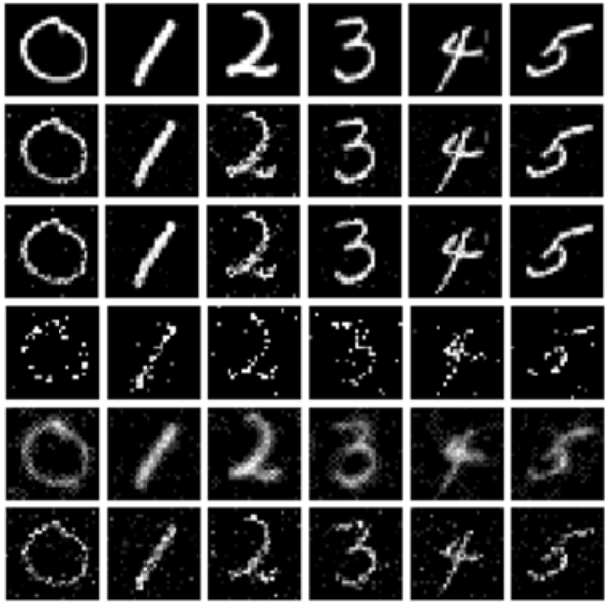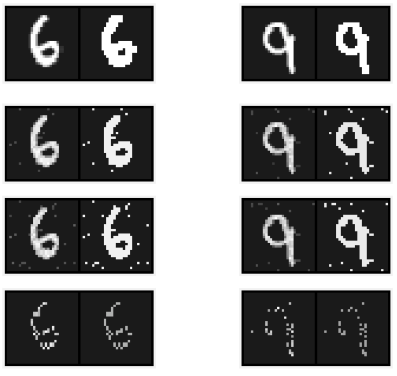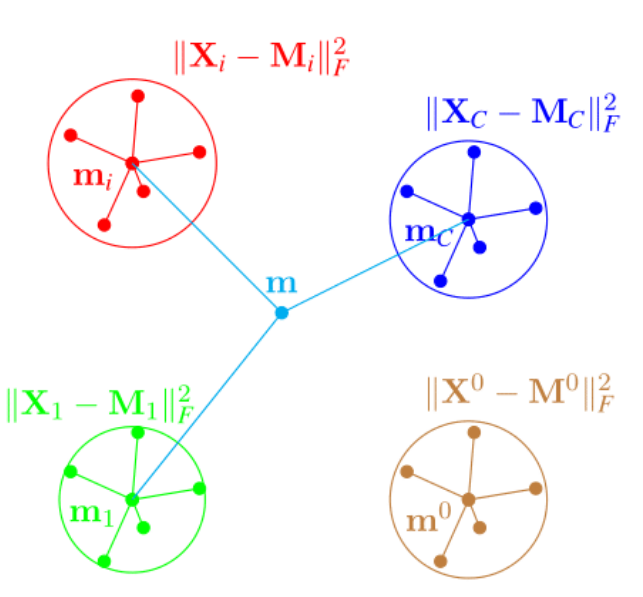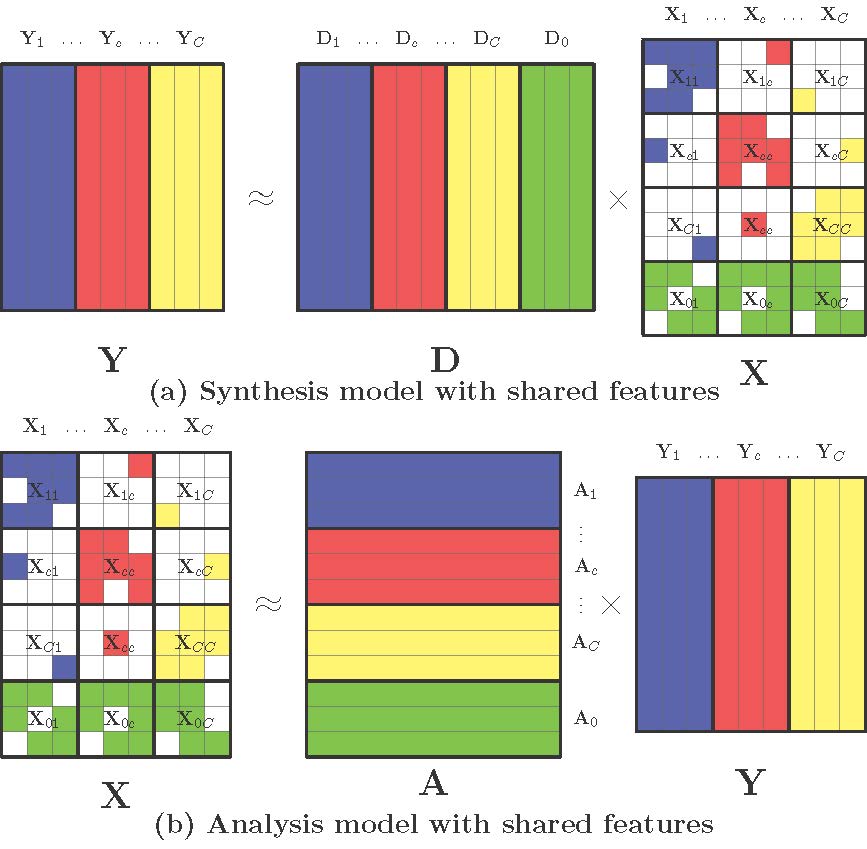RECENT PROJECTS
ICR: Iterative Convex Refinement for Sparse Recovery
Here, we address sparse signal recovery in a Bayesian framework where sparsity is enforced on reconstruction coefficients via probabilistic priors. In particular, we focus on the setup of Yen et al. who employ a variant of spike and slab prior to encourage sparsity.
AMP: Adaptive matching pursuit for sparse signal recovery
Spike and Slab priors have been of much recent interest in signal processing as a means of inducing sparsity in Bayesian inference. Applications domains that benefit from the use of these priors include sparse recovery, regression and classification.
LRSDL - Fast low-rank shared dictionary learning for object classification
Despite the fact that different objects possess distinct class-specific features, they also usually share common patterns. This observation has been exploited partially in a recently proposed dictionary learning framework by separating the particularity and the commonality (COPAR).
ALSF - Analysis-Synthesis learning with shared features for histopathological image classification
The diversity of tissue structure in histopathological images makes feature extraction for classification a challenging task. We introduce the learning of a low rank shared dictionary and a shared analysis operator, which more accurately represents both similarities and differences in histopathological images from distinct classes.



